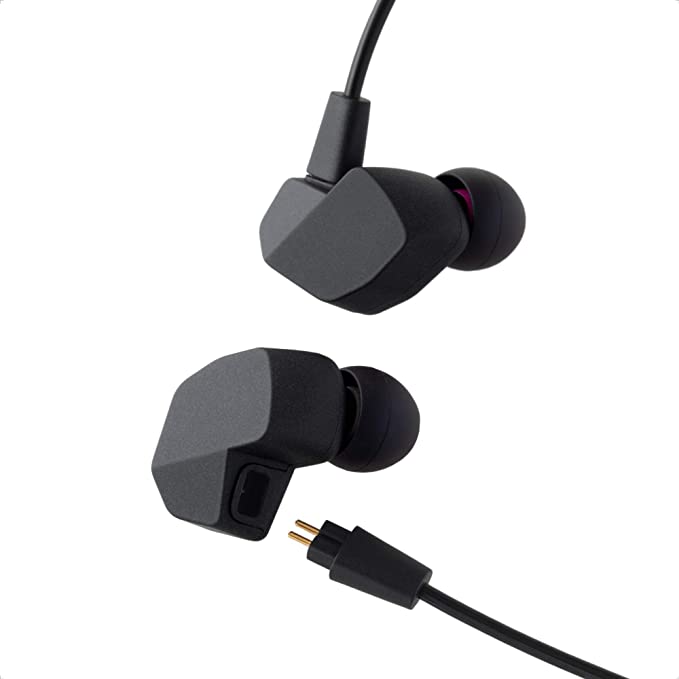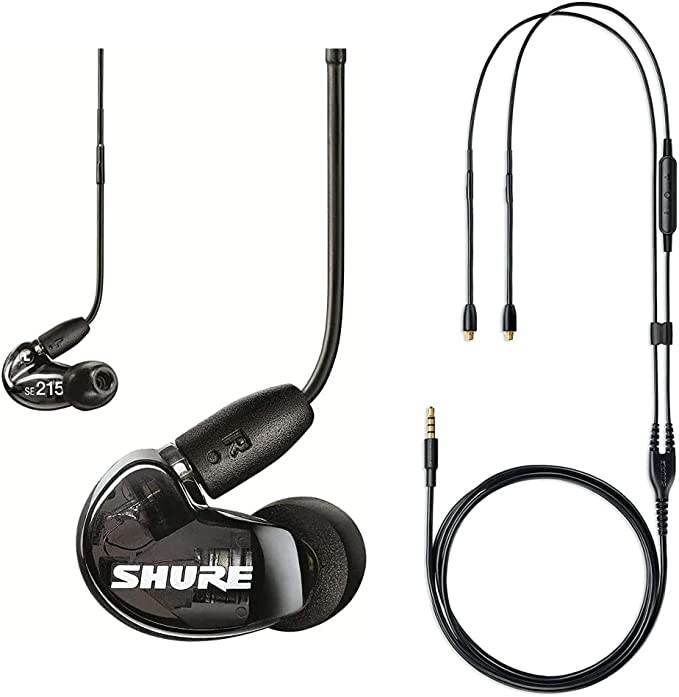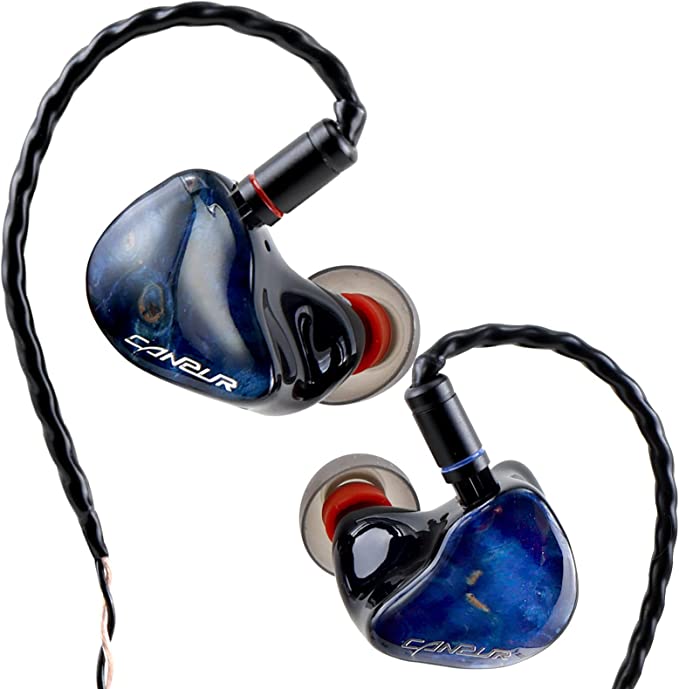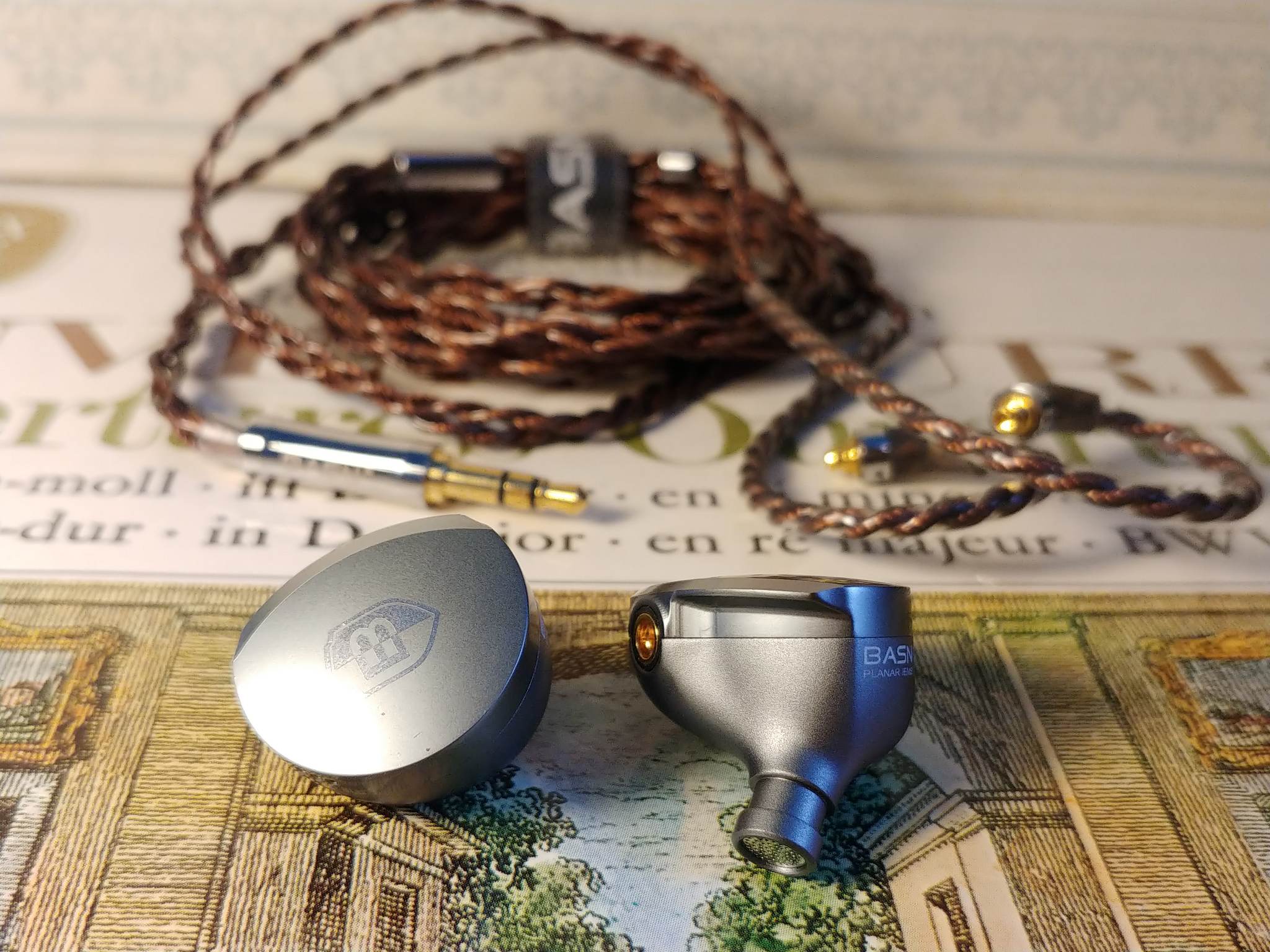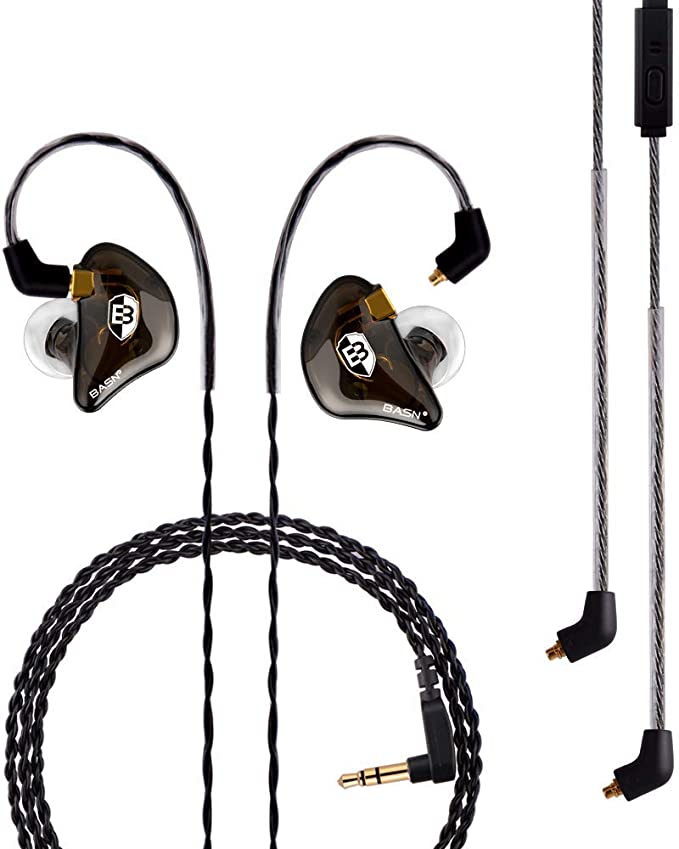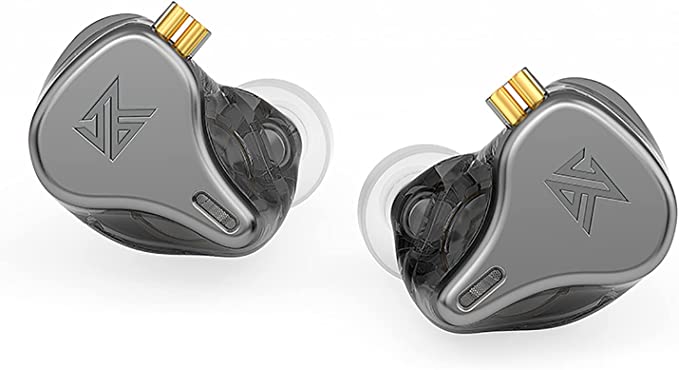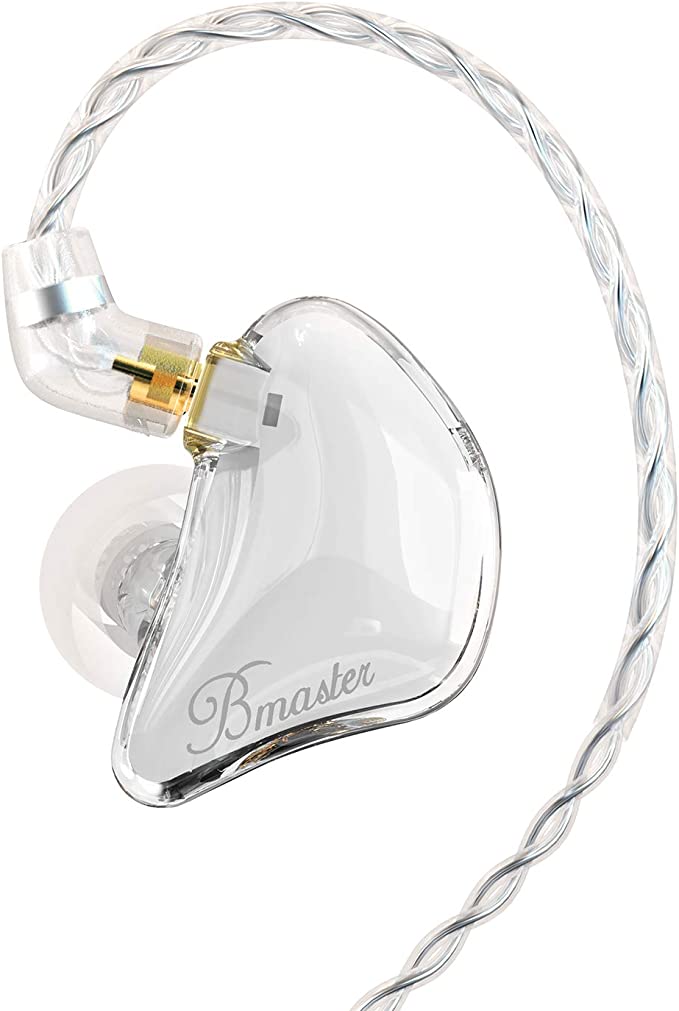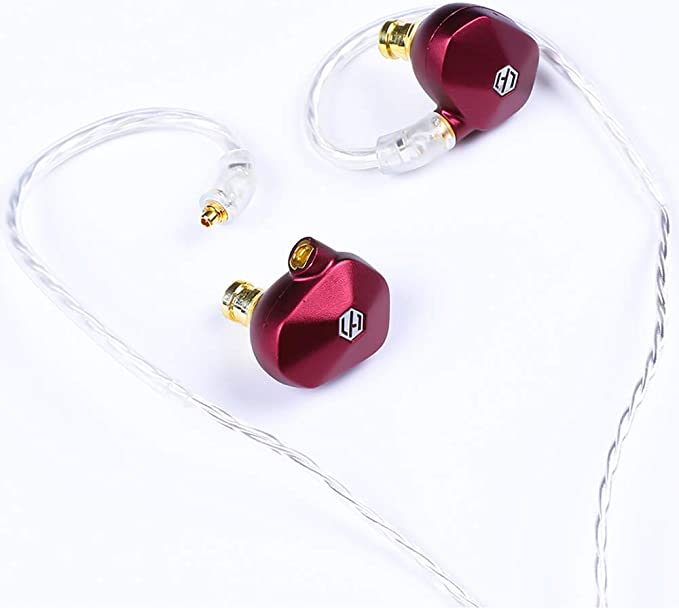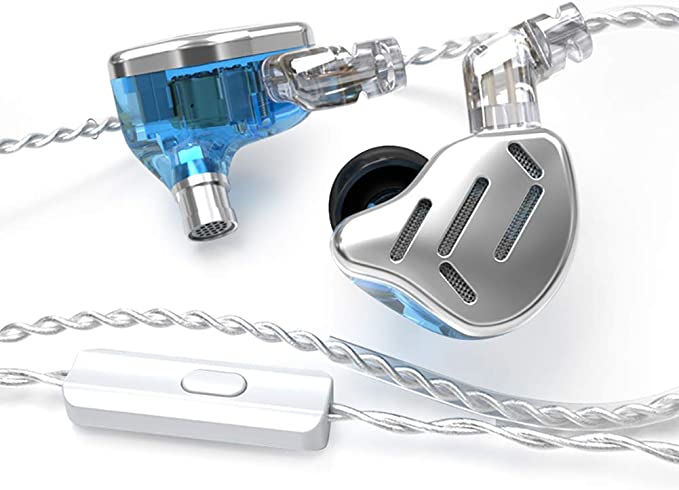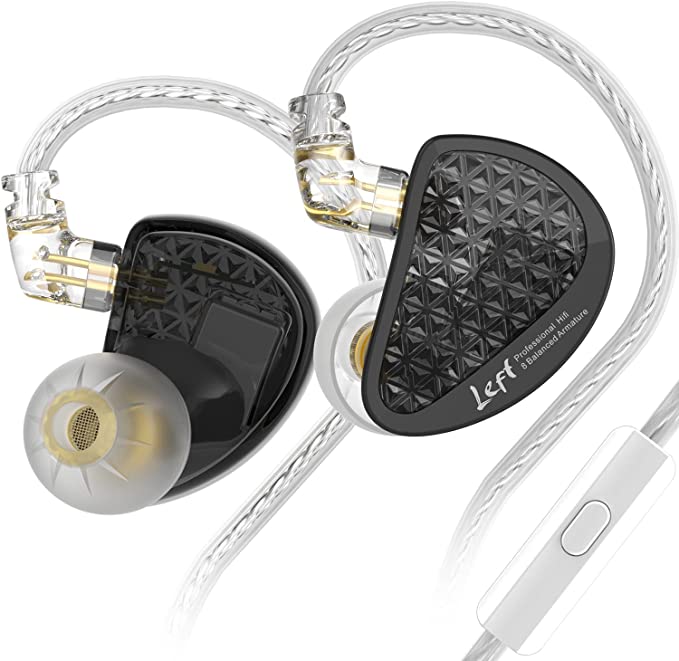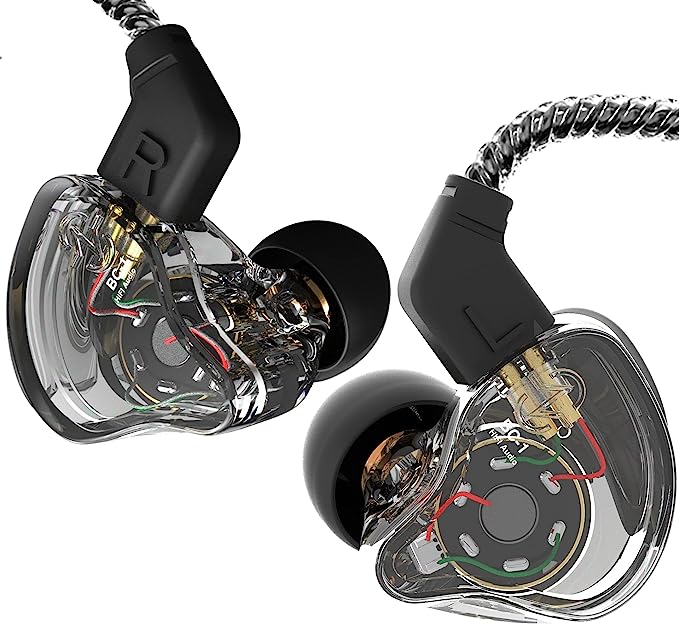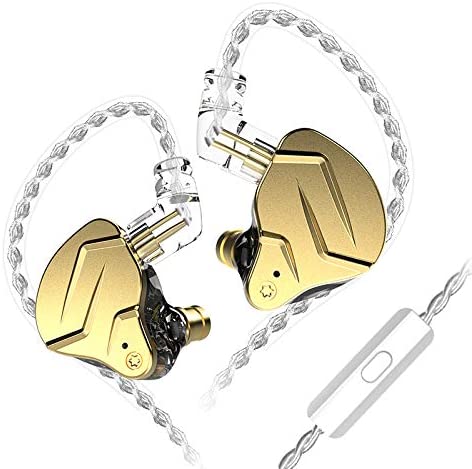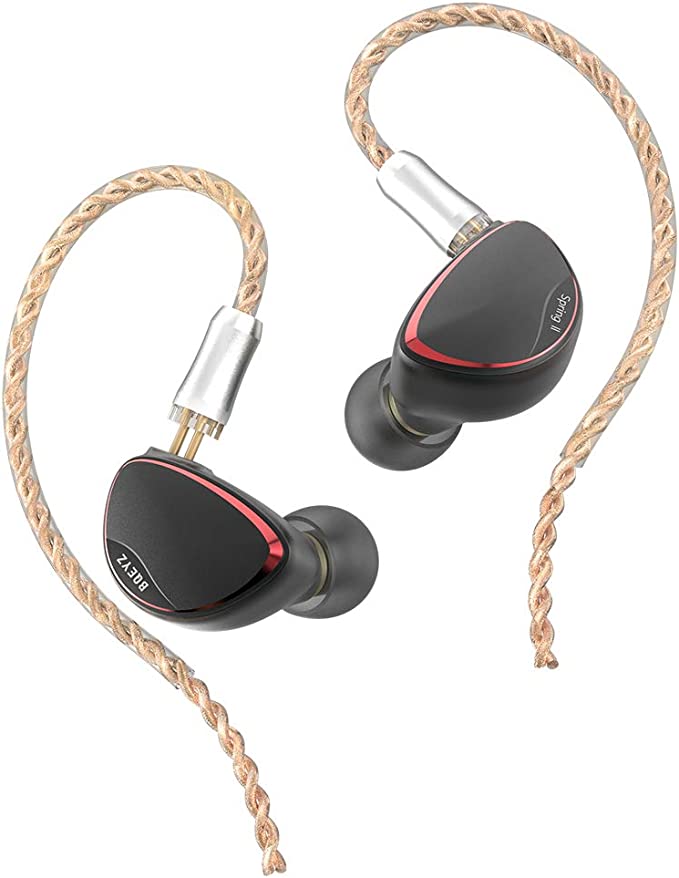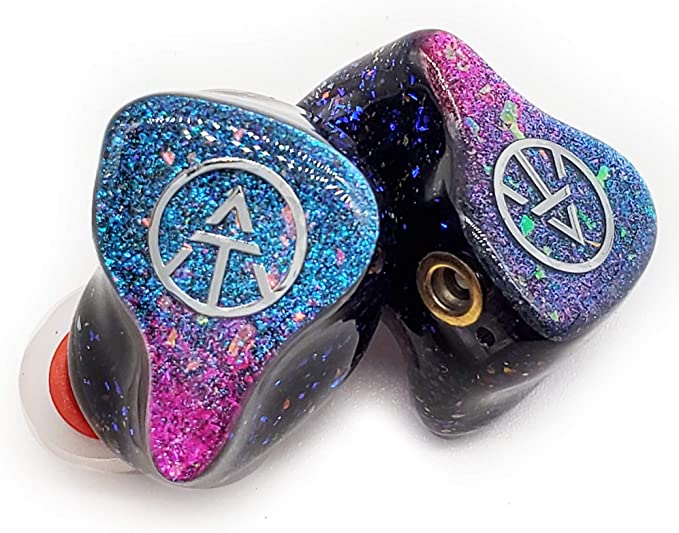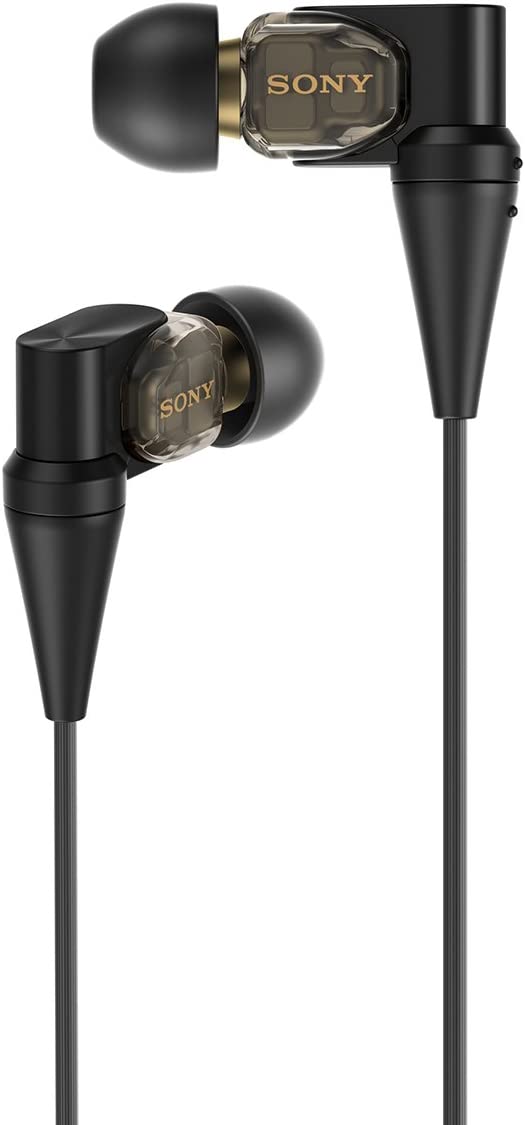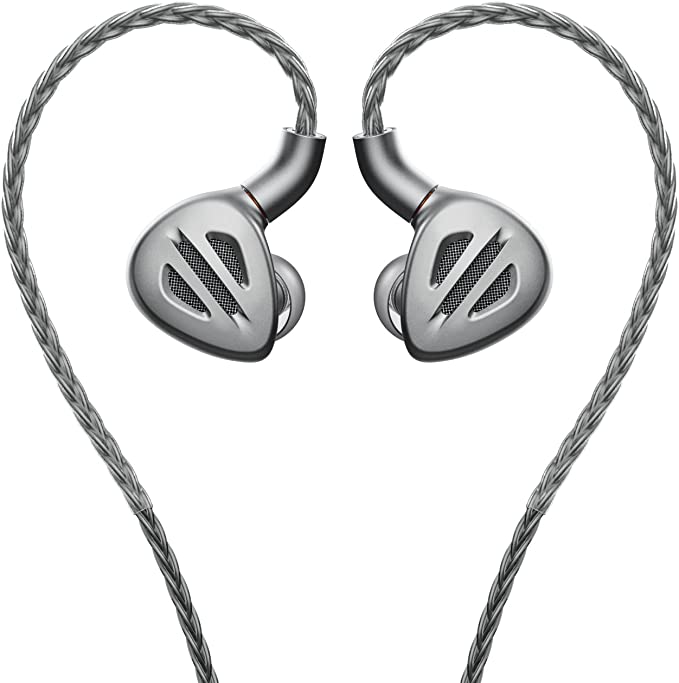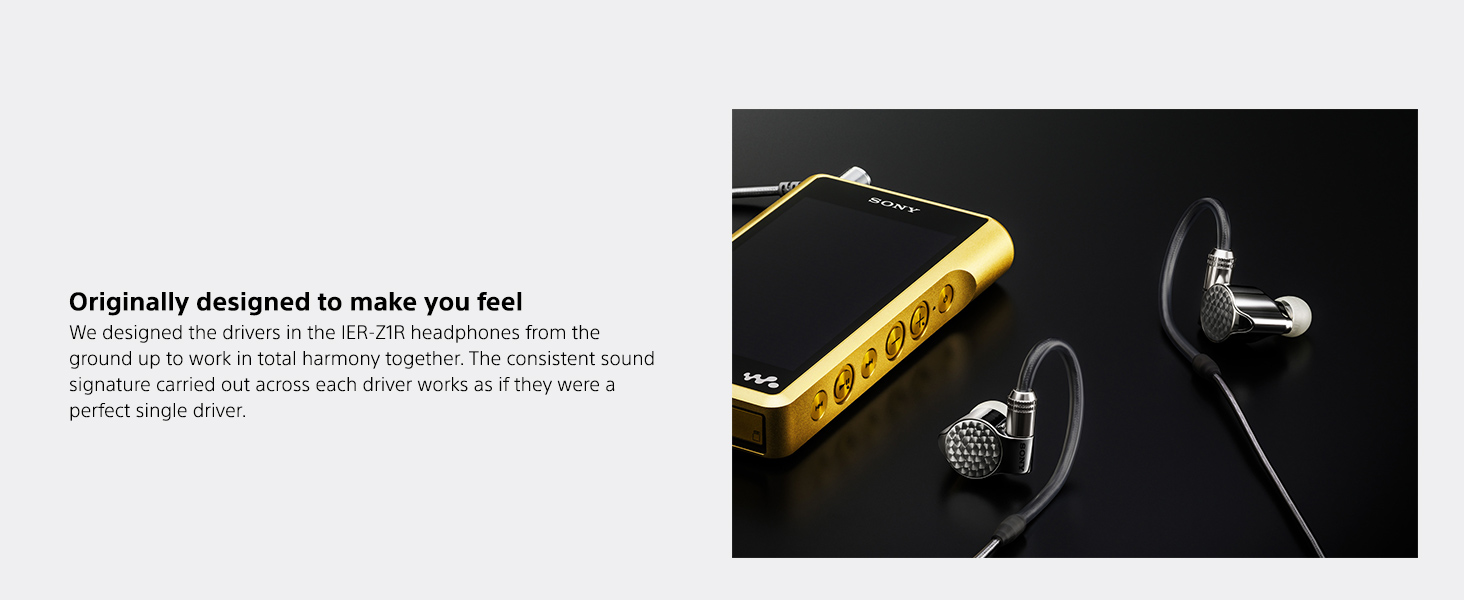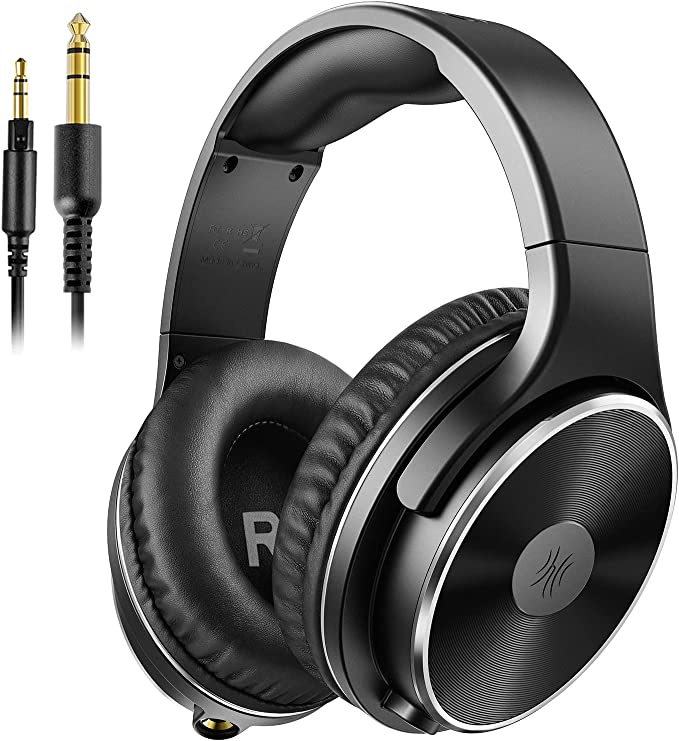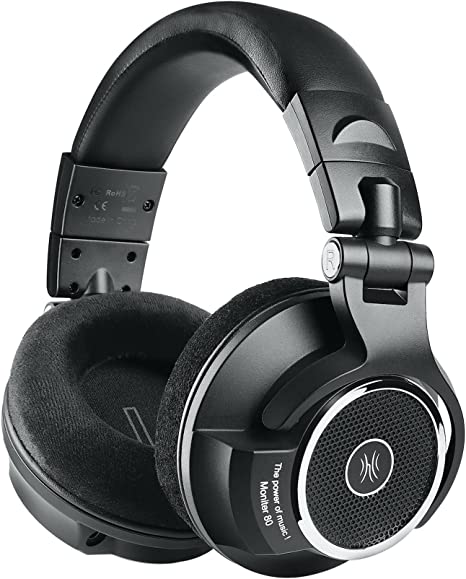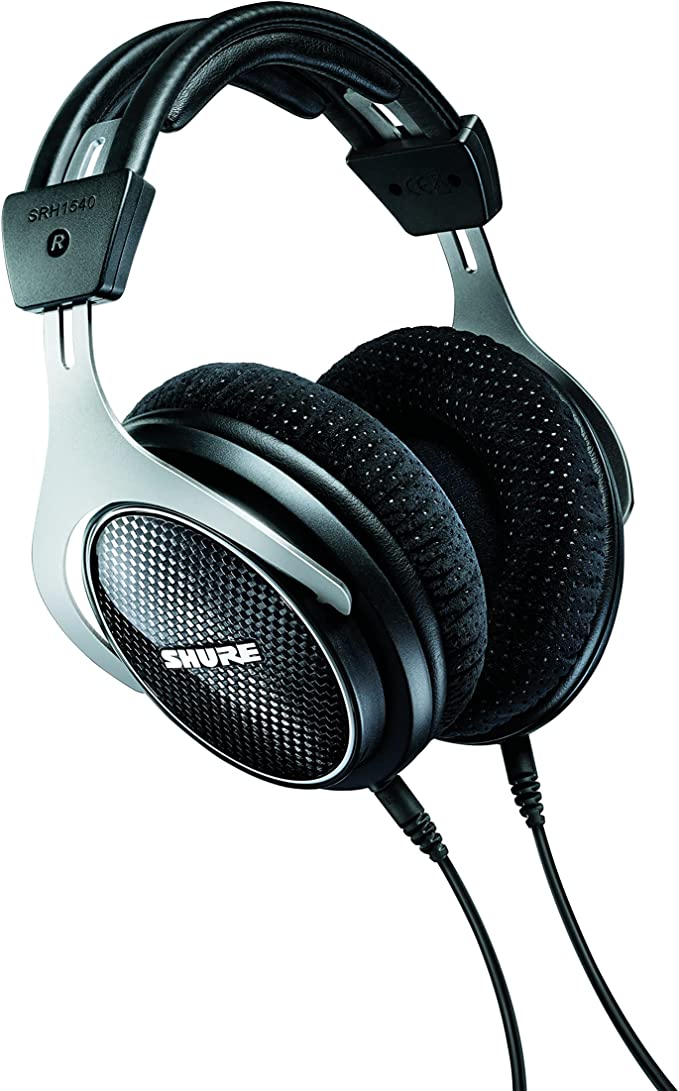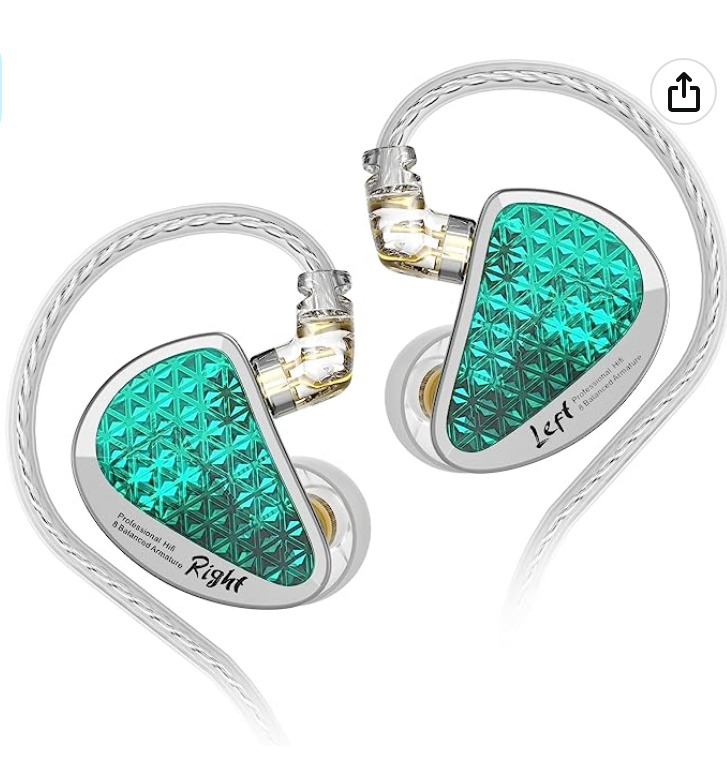SONY XBA-N3BP: Engineering Sonic Purity - A Deep Dive into High-Resolution Audio
Update on July 3, 2025, 5:13 p.m.
Have you ever wondered what goes into making a pair of in-ear headphones capable of transporting you directly into the recording studio, hearing every whisper of a cymbal or the rumble of a bass drum with startling clarity? It’s not magic; it’s meticulous engineering and a deep understanding of acoustics. Today, we’re dissecting the SONY XBA-N3BP Stereo In-ear Headphones, a prime example of how sophisticated audio architecture can deliver an unparalleled listening experience. While currently unavailable on the market, its technical legacy continues to resonate, offering valuable insights into high-fidelity sound.

The Art of Synergy: Sony’s Hybrid Driver System
Imagine trying to reproduce a complex symphony orchestra using just one type of speaker. You’d likely get either booming bass that drowns out the delicate violins, or crisp highs that lack any low-end foundation. This challenge is precisely what engineers face when designing headphones. Sony’s solution in the XBA-N3BP is a masterclass in hybrid driver technology, a sophisticated approach that leverages the strengths of two distinct driver types: Dynamic Drivers (DD) and Balanced Armature (BA) drivers.
Think of it like a specialized team, each member expertly handling their designated task. The Dynamic Driver is akin to the powerful bass section of our orchestra. It’s responsible for the deep, rich low frequencies, creating that satisfying punch and rumble you feel in your chest. The science behind it is straightforward: an electromagnetic coil attached to a diaphragm vibrates in response to an electrical audio signal, moving air to produce sound. For the XBA-N3BP, this means a bass that’s not just present, but textured and articulate.
Complementing this, the Balanced Armature drivers take on the role of the precision instruments – the violins, flutes, and clarinets. These miniature drivers are incredibly adept at reproducing the delicate mid-range and shimmering high frequencies with exceptional accuracy and detail. Unlike dynamic drivers, BAs use an armature that pivots between magnets, directly driving a diaphragm. This design allows for remarkable speed and clarity, making vocals sound incredibly natural and cymbals sparkle without harshness.
The real genius of the XBA-N3BP lies in how these two driver types are integrated. It’s not just two drivers stuck together; it’s a hermetic hybrid system where an intricate crossover network ensures a seamless transition between the powerful bass from the dynamic driver and the precise mids and highs from the balanced armatures. This carefully orchestrated “hand-off” results in a cohesive sound signature that captures the full spectrum of your music with startling fidelity, preventing any single frequency range from dominating another. It’s a prime example of modular design, where specialized components work together to achieve a superior overall performance, much like well-written code where each function handles a specific task efficiently. This approach allows the XBA-N3BP to deliver a comprehensive sonic performance that single-driver designs often struggle to achieve, providing both the impactful bass and the nuanced treble needed for a truly immersive experience.

Beyond the Audible: The Science of High-Resolution Audio
When we talk about High-Resolution Audio, particularly with the XBA-N3BP’s impressive frequency response of 3 Hz to 40,000 Hz, we’re often met with a raised eyebrow: “But don’t humans only hear between 20 Hz and 20,000 Hz?” It’s a valid question, and the answer delves into the fascinating field of psychoacoustics.
Indeed, the generally accepted range of human hearing, as defined by organizations like the Acoustical Society of America (ASA), is from 20 Hz (deep bass) to 20,000 Hz (treble) for young adults, though this range can diminish with age. However, the audio spectrum is far richer than just these directly audible frequencies. Music, and indeed all natural sounds, are composed not just of fundamental tones but also of harmonics and overtones – higher-frequency components that give instruments their unique timbre and presence. Many of these harmonics extend well beyond the 20 kHz threshold.
So, why bother reproducing sounds that are theoretically inaudible? While you might not consciously “hear” a 30 kHz tone, our brains and bodies are remarkably adept at processing subtle cues. These ultra-high frequencies contribute to what audio engineers call “air” or “sparkle,” adding a sense of spaciousness and realism to the soundstage. They can affect how we perceive the attack and decay of instruments, the clarity of vocals, and the overall “live” feel of a recording. Think of it like a high-resolution photograph: while your eye might not discern every single pixel, the overall image appears sharper, more lifelike, and has greater depth compared to a lower-resolution version. The XBA-N3BP’s ability to extend its response down to 3 Hz captures the full weight and impact of sub-bass notes, while its 40,000 Hz upper limit ensures that all the subtle, nuanced harmonics are preserved, providing a more complete and authentic sonic picture. This commitment to an ultra-wide frequency response is a key component of what qualifies the XBA-N3BP for High-Resolution Audio certification, signifying its capacity to reproduce audio recorded at higher sampling rates and bit depths than standard CD quality.
The Efficiency Equation: Sensitivity and Impedance
Understanding how effectively a pair of headphones converts an electrical signal into sound can significantly impact your listening experience, especially with portable devices. This is where sensitivity and impedance come into play.
The XBA-N3BP boasts a sensitivity of 107 dB/mW. In simple terms, sensitivity tells you how loud the headphones will play given a certain amount of power. A higher sensitivity means the headphones are more efficient, capable of producing significant volume even from low-power sources like your smartphone. This is crucial for listeners on the go, as it ensures you won’t need to max out your device’s volume to get a satisfying listening level, potentially saving battery life and protecting your hearing.
Coupled with this, the XBA-N3BP has an impedance of 16 Ω (Ohm) at 1 kHz. Impedance is the electrical resistance a circuit presents to an alternating current. For headphones, a lower impedance generally means they are easier for an audio source to “drive.” The 16 Ω impedance makes the XBA-N3BP incredibly versatile, allowing it to pair beautifully with a wide array of devices – from powerful dedicated Digital Audio Players (DAPs) to everyday smartphones and tablets. You won’t typically need a separate headphone amplifier to unlock their full potential, making them a truly plug-and-play high-fidelity solution for most users. This careful balancing act of sensitivity and impedance ensures that the XBA-N3BP functions as a highly optimized system, much like an energy-efficient algorithm that delivers maximum output with minimal computational power.
Engineering for Life: Design, Materials, and the Balanced Cable Advantage
Beyond the raw audio specifications, the physical design and chosen materials of a headphone are critical for both comfort and longevity. The SONY XBA-N3BP exemplifies thoughtful engineering in this regard.
Weighing in at a mere 7 grams (excluding the cable) per earpiece, the XBA-N3BP is designed for extended listening sessions without causing fatigue. This lightweight profile, achieved through the careful selection of materials like aluminum alloy for durability and soft-touch resin inlays for comfort, ensures that the headphones sit snugly and unobtrusively in your ears. The angled nozzle design is not just aesthetic; it’s an ergonomic choice that allows for a natural, secure fit and optimizes the acoustic coupling with your ear canal.
A standout feature for durability and versatility is the detachable Y-type cable. This isn’t just a convenience; it’s a critical design choice that addresses common failure points in headphones. If your cable ever gets snagged or worn out, you can simply replace it, significantly extending the lifespan of your valuable headphones. It’s a modular design philosophy, allowing components to be swapped out without discarding the entire unit. The XBA-N3BP comes with a 1.2-meter cable, offering ample length for various scenarios, and it includes a cable length adjuster and a clip to minimize unwanted cable noise (microphonics) that some users, like a verified purchaser John K., noted when the cord texture rubs on clothing. This demonstrates an attention to real-world user experience and a pragmatic approach to design.
Now, let’s talk about the “BP” in XBA-N3BP and the gold-plated L-type balance standard plug. This is where the intricacies of audio signal transmission come into play. While the product information describes it generally, a customer review highlighted that it’s “not a standard 3.5mm Jack, - It’s a plug that only fits some obscure Sony device.” This is an important distinction to clarify. Many high-end Sony Digital Audio Players (DAPs) utilize balanced audio connections to deliver superior sound quality. A standard (unbalanced) audio connection typically has two conductors per channel (signal and ground), which can be susceptible to electromagnetic interference, leading to noise. A balanced connection, however, uses three conductors per channel (two signal wires with opposing polarities and a separate ground). When the two signal wires reach the headphone, any noise picked up during transmission is cancelled out, resulting in a cleaner, purer audio signal with better stereo separation. While the specific balanced plug on the XBA-N3BP is designed for optimal performance with compatible Sony balanced DAPs (often a 3.5mm TRRS or 4.4mm Pentaconn, a standard popularized by Sony itself), it offers a significant upgrade in signal integrity for those with the right source equipment. This highlights Sony’s commitment to pushing the boundaries of portable high-fidelity audio.
Your Personal Sound Sanctuary: Noise Isolation and Daily Utility
In our increasingly noisy world, finding moments of peace and focused listening is a luxury. The in-ear design of the XBA-N3BP, combined with the comprehensive selection of included Hybrid Earpieces (SS/S/M/L) and Triple Comfort Earpieces (S/M/L), excels at providing passive noise isolation. When properly fitted, these earbuds create an acoustic seal within your ear canal, effectively blocking out external distractions. This physical barrier can reduce ambient noise by a significant margin, providing around 20 dB of isolation as seen in typical in-ear monitoring applications. This allows you to fully immerse yourself in your audio without the need for complex, battery-draining active noise cancellation. Whether you’re commuting on a bustling subway, trying to focus in a busy office, or simply seeking solace in your music at home, the XBA-N3BP helps create your personal sound sanctuary.
Beyond critical listening, the XBA-N3BP integrates seamlessly into daily life. The inclusion of an inline remote and microphone on the cable adds practical functionality. The microphone, an Electret Condenser Microphone with all-direction characteristics, ensures clear voice capture for calls, making it easy to switch from music to conversation without missing a beat. This integrated control allows you to manage music playback (play/pause, skip tracks) and answer calls without reaching for your device, enhancing convenience for on-the-go users.
A Legacy of Sound: Sony’s Enduring Pursuit of Audio Excellence
The SONY XBA-N3BP is more than just a pair of headphones; it’s a chapter in Sony’s long and storied history of audio innovation. From the revolutionary Walkman in 1979 that democratized portable music, to its pioneering efforts in High-Resolution Audio, Sony has consistently pushed the boundaries of what’s possible in sound reproduction. The XBA-N3BP, first available in September 2017, represents a maturation of their in-ear monitor technology, building on decades of research and development in driver design, acoustics, and miniaturization. The “XBA” series itself signifies Sony’s exploration of Balanced Armature technology, with models evolving over time to integrate these precise drivers into increasingly refined hybrid configurations like the N3BP. While this particular model may currently be unavailable, its engineering principles and dedication to sound purity continue to influence Sony’s current audio lineup. It serves as a reminder that true technological excellence creates a lasting legacy, inspiring future innovations.
The journey of sound, from the artist’s creation to your ears, is a complex one, filled with intricate technical processes. The SONY XBA-N3BP headphones are a testament to the fact that when engineers approach this journey with scientific rigor and a passion for fidelity, the result can be truly transformative. They invite you not just to listen, but to experience your music in a whole new dimension.
What aspects of headphone technology do you find most fascinating, and how do they impact your daily listening?

